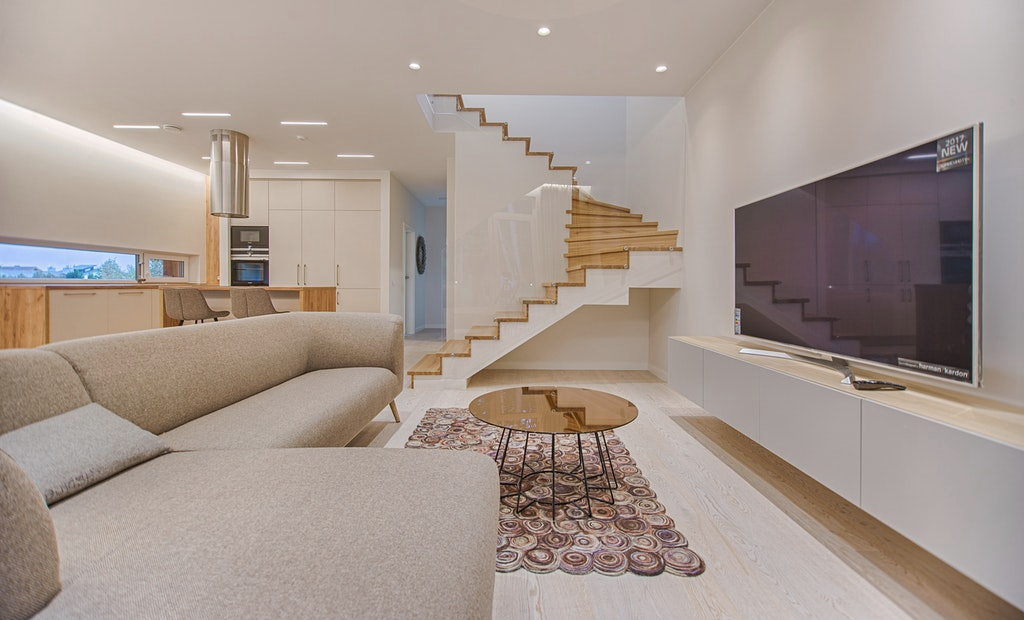Setting up your own home cinema

It has never been more affordable or easier to set up your own cinema at home. Whether you’re unwinding in front of a favourite movie with the family after a long week, watching the big game or reliving some great memories with a home movie, the possibilities are endless.
The first thing to consider is the size of your room and the size of your screen. The conventional wisdom is to sit between two and five screen-width away to watch. The scientific method is to use an online tool provided by major projector manufacturers and specialist stores to work out your projector to screen distance.
Apart from positioning, you may also want to include soft furnishings and surfaces for enhanced sound quality.
Ultimately though, it is your home cinema projector that will make or break your experience of viewing at home. Epson has a dedicated page explaining to customers why their projectors deliver high quality images and why nine out of ten people say theirs is brightest. The company also uses LCD (or 3LCD) projection technology, which doesn’t show “rainbow effects”, with bright areas breaking up into little red-green-blue rainbows. According to the online review site PCMag.com, the rainbow effects can be a special concern for home theatre and home entertainment, because they tend to show more often with video, which can make your movie experience very annoying. In a recent review on home cinema projectors, PCMag.com actually ranked three Epson home cinema projectors at the top of their best five.
Here are some things to bear in mind when choosing your first projector:
Resolution
Obviously, the more pixels, the higher the resolution and the better the picture quality from sources that are high definition. Your source material (ie whatever it is you are watching) will also make a significant difference in terms of image quality. For Home projections, 720p HD ready to 1080p Full HD, and also 3D, are available for your selection.
Contrast ratio
This refers to the ratio between an image’s black and white elements. The bigger the contrast ratio on your projector, the better the ability to create an image which has some depth to it. With today’s standards, home projectors can reach ratios of more than 600,000:1.
Brightness
An ideal home entertainment projector has a brightness range between 2,000 to 3,000 lumens. If it is largely projected in ambient lighting, a projector that has 2,300 lumens will delivery extremely clear and bright images. For the ultimate home cinema experience, where content will be viewed in cinematic darkness, a projector with more than 2,000 lumens, equally high colour and white light output, will give you a clear, bright and vibrant picture.
Connectivity
Home cinema projectors have an input for standard definition sources. If you are using something like a Blu Ray player, Sky HD or PlayStation 3, choose models with an HDMI input (1.4 for 3D experience).
Sound
If your projector doesn’t have its own speakers, route your source’s sound output to a different sound system, which can be a stereo amplifier with a couple of speakers right up to something as complicated as an AV receiver which has multiple channels.
Lamp life
The typical lamp life of a home cinema projector is up to 4,000 hours, but it should be at least 2,000. What this actually means is that this is the time after which the lamp will have 50% of the brightness it had when it was new. One top tip for projector lamp is, never cut off the power abruptly when you are finished – power the projector down properly. If you have a spare bulb, check it works since warranties usually begin once bought, and store in a cool, dark place until needed.
The editorial unit























Facebook
Twitter
Instagram
YouTube
RSS